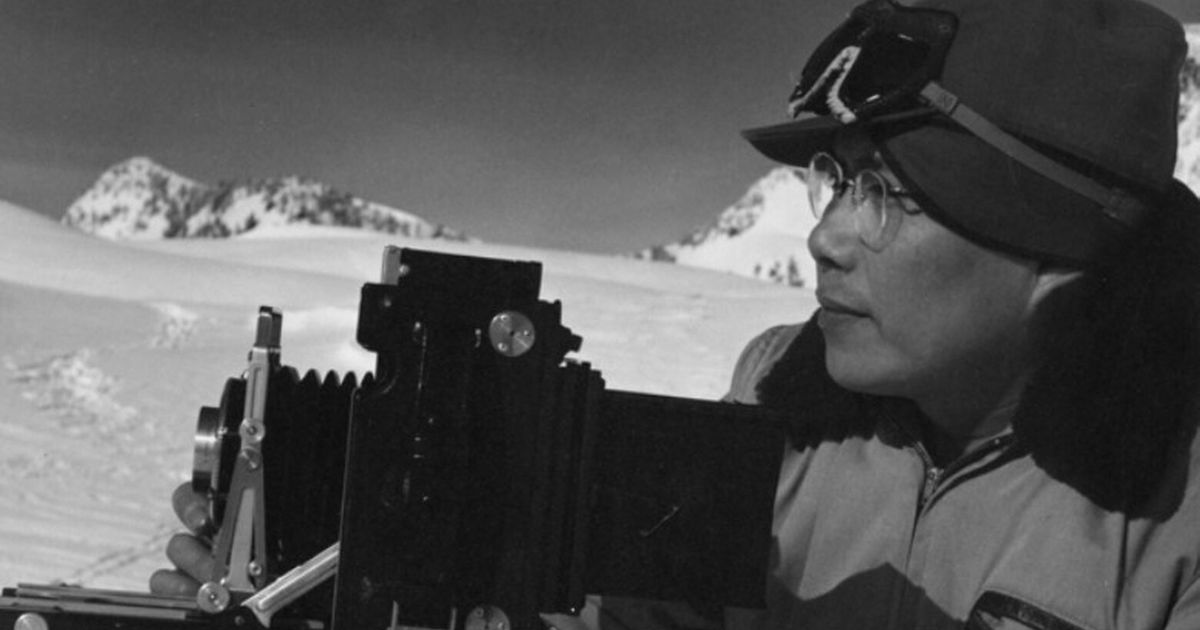Australian photographer Max Dupain’s 40-yr undertaking showcasing north Queensland cane fields
5 min readTable of Contents
It was a single black-and-white graphic of a youthful male lying on an Australian beach that defined the career of photographer Max Dupain.
But two several years prior to the Sunbaker was captured in 1937, the Sydney-born artist agreed to an assignment that led him far from the seashores and into the heart of north Queensland’s sugarcane nation.
It truly is a job that photographer and Mr Dupain’s studio manager of extra than 30 years, Jill White, says has been mostly overlooked.
“They are not illustrations or photos that collectors would automatically have in their collection,” she suggests.
“CSR Limited [Colonial Sugar Refining Company] preferred him to go up and go over the stories and various aspects of the cane increasing in the mills.”
Recognised as a single of the most prolific Australian photographers of the 20th century, Dupain journeyed via the cane fields of the Burdekin, Ingham, and Innisfail capturing the tales of the workers, households, and small children who made their living on the land.
But the ensuing is effective, captured more than 40 decades, have mainly escaped the general public eye.
A ‘very extended and incredibly diverse’ career
Born in Sydney in 1911, Dupain’s skilled career spanned a lot more than 60 decades predominantly documenting the Australian landscape.
But it was after Dupain opened his images studio in 1934 when CSR, which operated sugar mills throughout north Queensland, grew to become his initial industrial customer the adhering to year.
Ms White says Dupain’s primary photographic expedition happened in the 1950s and he returned to the region on multiple outings right until the late 1970s.
“I assume he loved obtaining away and obtaining up and carrying out a little something different out in the open air,” Ms White states.
“There was a whole lot of preparing for work like that when they were absent for a 7 days or so because he couldn’t automatically just go down to the corner store and obtain rolls of black-and-white movie.
“He worked with small gear. He didn’t have masses of different lenses and that kind of issue. He saved factors pretty straightforward.”
Wayne Tunnicliffe is the head curator of Australian art at the Art Gallery of NSW, which retains the the vast majority of the Queensland assortment. He says Dupain’s partnership with CSR was a important part of establishing his apply in his early career.
“Max Dupain was the most outstanding professional photographer in Australia in that period of time, so they [CSR] have long gone for the greatest,” Mr Tunnicliffe claims.
“There were quite handful of options to clearly show photographs in an artwork context in the 1960s and very little opportunity of building cash flow.
“The sugar cane is just a tiny element of his work for CSR … he’s photographing other factories, pastoral attributes, all sorts of features of their incredibly wide operation through Australia.”
Irrespective of the professional nature of the task, Mr Tunnicliffe claims Dupain managed an massive amount of independence in his images, resulting in “very impressive” images.
“What [CSR] appear to be to have performed is not questioned for just a uncomplicated documentary approach, but wanting one thing additional than that,” he suggests.
“You can plainly get a perception of Max on the lookout for these singular pictures, which convey an working experience and pretty much an emotional tenor, and that is extremely a great deal element of his apply.
“The composition and the sense of light and room genuinely transcends pure documentary and gets fairly a poetic implication of place.”
The Australian spirit on digital camera
The collection was donated by CSR to the Artwork Gallery of NSW and Queensland Art Gallery of Present day Art (QAGOMA) all through the 1980s when they featured as aspect of an exhibition marking 200 a long time of refinery operations in Australia.
It is believed to be the first recorded time they were displayed in public, and considering that then they have not been viewed as a selection for more than 30 years.
“They type of you should not arrive out for prolonged periods of time … with performs on paper, we have to look at things like resting them when they are on display screen for a sure time to just preserve the high-quality of them,” Michael Hawker, curator of Australian artwork at QAGOMA, claims.
“Dupain is a photographer you do not obviously affiliate with Queensland.
“We type of are inclined to feel of Dupain with those great significant pictures like the Sunbaker, which is capturing the ethos of Australia … but he was getting out there in the outback in industrial and doing the job environments as well.”
Even soon after Dupain’s death in 1992, Mr Hawker suggests the timeless features of his perform continue to resonate with present day audiences.
“I imagine he just captured a quintessential plan of what Australia is,” he says.
“He was pretty substantially at the forefront of art photography at the time and affected a great deal of youthful photographers who are coming via following him.”


/cloudfront-us-east-1.images.arcpublishing.com/gray/T2YAJ4NK4BCDHD5S6BVZZTDIYQ.jpg)

